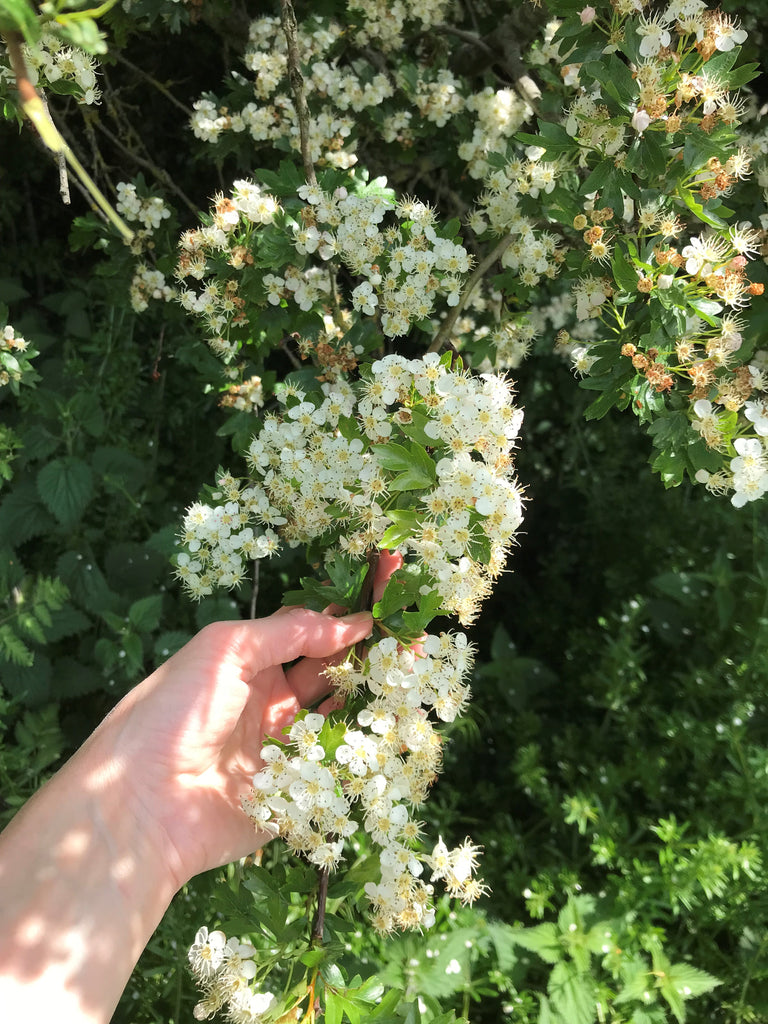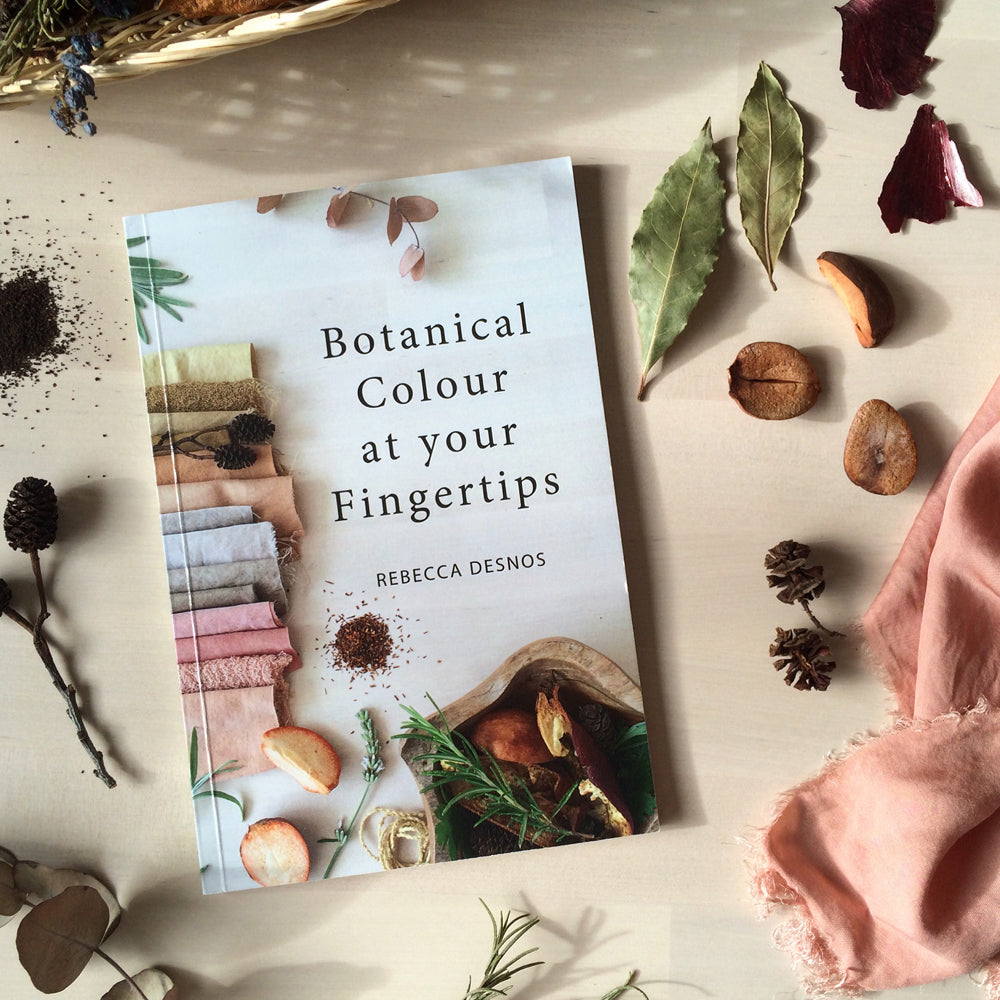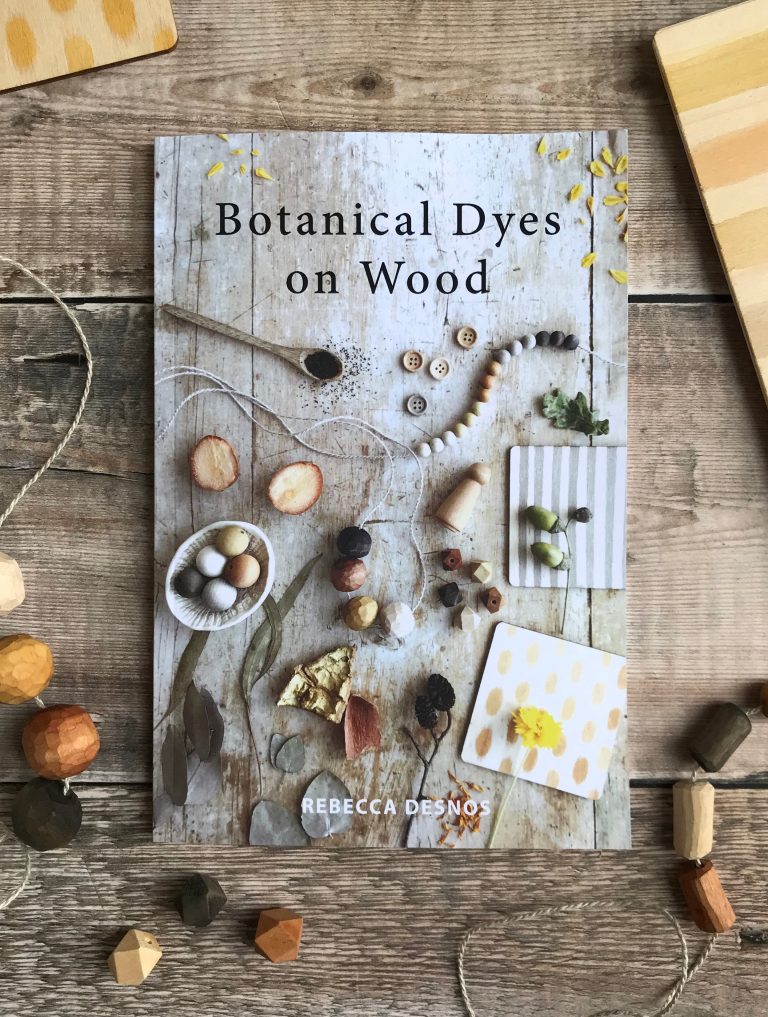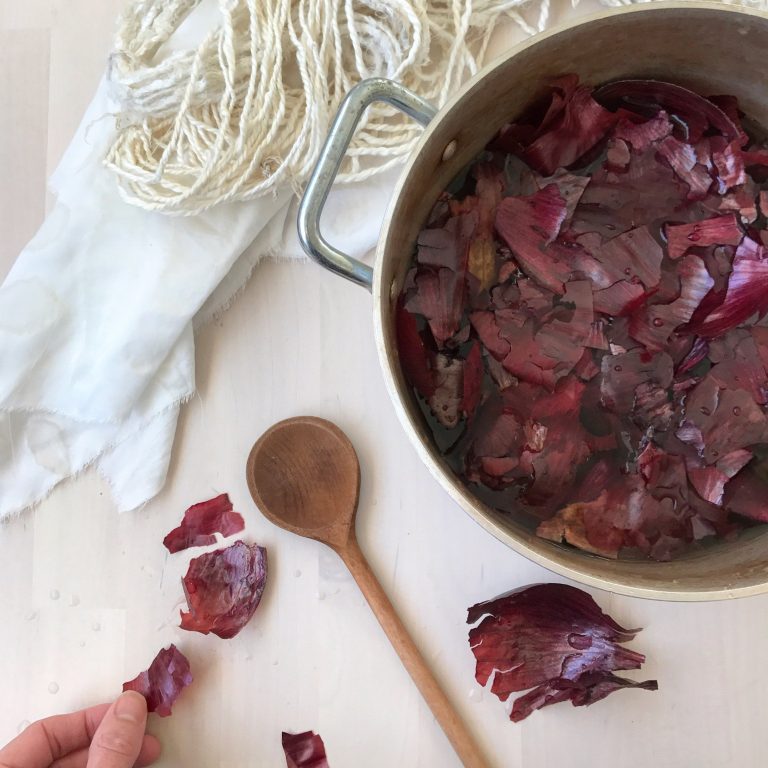It’s spring in the UK and I’ve been dyeing with one of my favourite local dye plants: hawthorn. With a lot of patience and little help from some baking soda, the colour deepened to a dark rose. The gradual pH shift and oxidiation of the dye is always mesmerising! Many dye plants are pH sensitive and a little acid or alkali can bring out beautiful shades.




I had to keep reminding myself of my own dyeing advice – time and patience!! It took about 5 days for this shade to develop. I was ready to give up on a few occasions, but the wait was defintely worth it.
I made simple stripes on the fabric, using the tie dye technique in this tutorial. It’s one of my favourite ways to dye a large quantity of fabric in a fairly modest sized pot. By folding and then tying, you can control where the dye settles into the creases and it gives a fairly uniform pattern. I like the slightly darker patches as it shows the process.

I’m always conscious that people will try to replicate my colours. Whilst this is tempting, it can be frustrating when you have a specific shade in mind and your colour doesn’t match.
My intention has always been to encourage you to experiment with your local dye plants, rather than replicate my exact colours. This brings me full circle back to the title of my first book: Botanical Colour at your Fingertips! I’d love for you to explore YOUR local botanicals, wherever you are in the world. You will have unique plants, and so long as they are non toxic, then give them a go in the dye pot. The method in Botanical Colour at your Fingertips will gently guide you.
My desire is to help you get to know your local plants more intimately. We can receive lots of benefits from spending more time in nature – it’s relaxing for the mind and body. I could write a lot more on this, so will leave it for another time!









